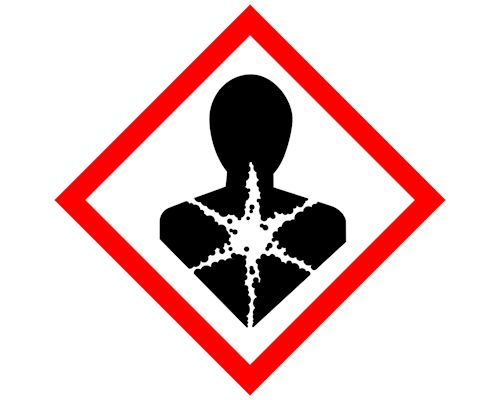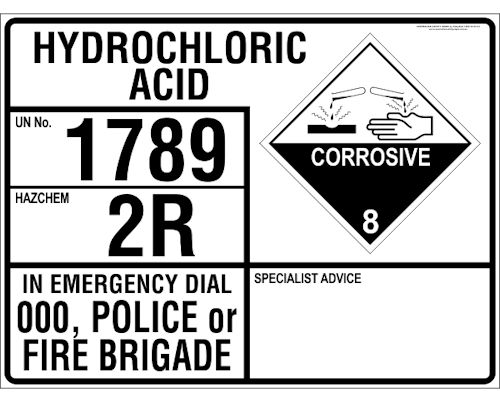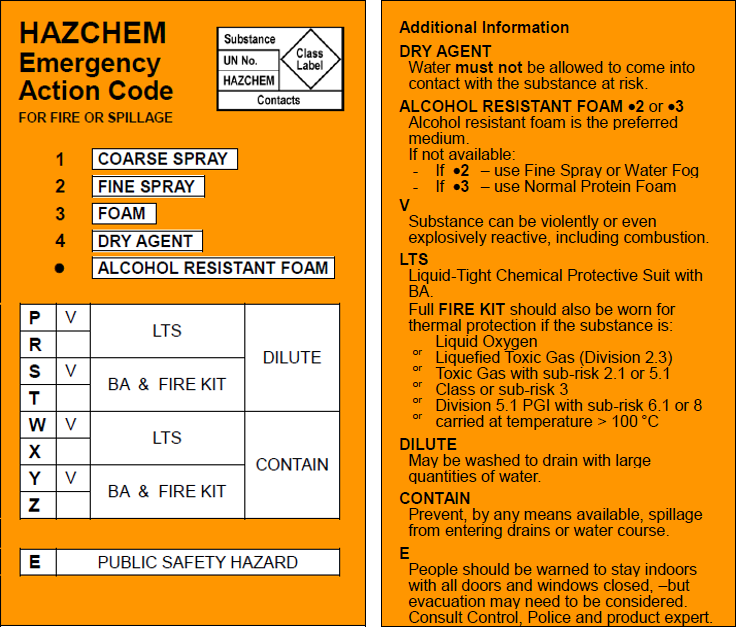Regulations and codes
 Audio for slide 1 (mp3 |6|KB)
Audio for slide 1 (mp3 |6|KB)
Up until recently, when the new Work Health and Safety (WHS) Regulations were introduced by Safe Work Australia, most states and territories had separate regulations for hazardous substances and dangerous goods.
Since 2012, however, the classification system for hazardous substances and dangerous goods has been in a 'transitional period' to allow manufacturers to move across to the Globally Harmonised System of Classification and Labelling of Chemicals (GHS).
Once this system takes full effect in 2017, all workplace chemicals used in Australia will need to be classified according to the GHS.

 Audio for slide 2 (mp3 |6|KB)
Audio for slide 2 (mp3 |6|KB)
The new WHS Regulations bring hazardous substances and dangerous goods into a single framework, using the GHS to classify chemicals that have been identified as hazardous in terms of their:
- physical hazards
- health hazards
- environmental hazards.
Nonetheless, even after the GHS is fully implemented in 2017, the transportation of dangerous goods by road or rail will still need to comply with the ADG Code.

 Audio for slide 3 (mp3 |6|KB)
Audio for slide 3 (mp3 |6|KB)
Placarding
The ADG Code requires all dangerous goods being transported or stored in bulk to have certain details provided on a placard called an Emergency Information Panel.
This panel is either fixed to the truck or placed outside the storage area.
The placard at right is a typical example of an Emergency Information Panel.
It provides the following details relating to the product:
- Name of substance: the type of substance in the container
- Pictogram and class: the ADG classification for the substance
- UN No: the United Nations substance identification number
- HAZCHEM: the 'hazardous chemical emergency action code', indicating the response that should be provided in the event of a fire or spillage
- Emergency response contact details: showing the number to call and the emergency services required
- Specialist advice: providing the product manufacturer's contact details.

 Audio for slide 4 (mp3 |6|KB)
Audio for slide 4 (mp3 |6|KB)
Hazchem codes
Hazardous chemical (Hazchem) emergency action codes provide information for the fire brigade and police on how to deal with a fire or spillage.
Below is the Hazchem pocket card that appears in the latest edition of the ADG Code (Version 7.3).

The emergency action code generally contains two or three characters, comprising:
- a fire suppression number - from 1 to 4 (sometimes including a dot) indicating which type of fire suppressant should be used
- a safety parameter - using at least one letter to indicate which category the chemical falls under in terms of PPE required and how a spill should be handled.
Below are two examples:
| 3YE | 3 - use foam to supress the fire |
| Y (with a V beside it in the table) - substance reacts violently (V); use breathing apparatus and a fire kit to fight a fire; and contain a spill to prevent the spillage from entering a drain or water course | |
| E - evacuation may be needed | |
| 4X | 4 - use dry agent to suppress a fire |
| X - wear a liquid-tight chemical protective suit (LTS) with breathing apparatus to fight a fire; substance does not react violently (no V); and contain a spill to prevent the spillage from entering a drain or water course |


Learning activity
Audio 5 (mp3 |6|KB)Have another look at the Emergency Information Panel above (under the subheading 'Placarding') and answer the following questions:
What is the name of the substance?
What is its hazard class number, and what does the pictogram refer to?
What is its UN Number?
What is its Hazchem code, and what does this mean in terms of handling a spillage or fire?
Who should you call in the event of an emergency, and what phone number should you dial?





